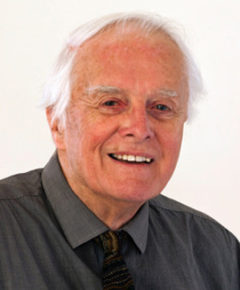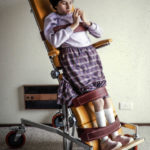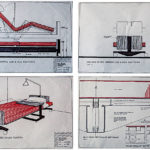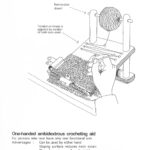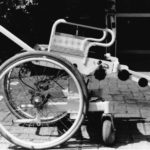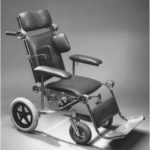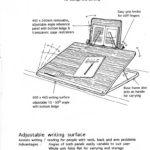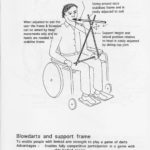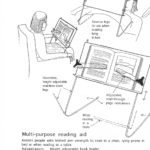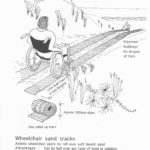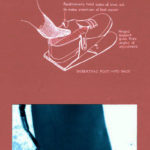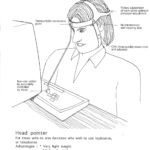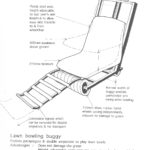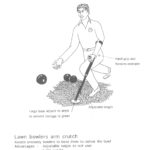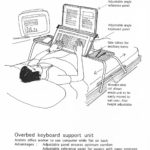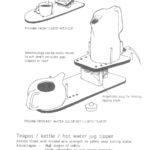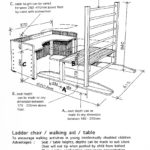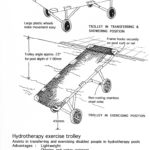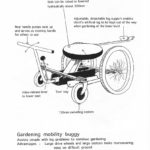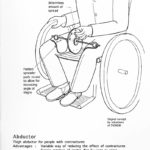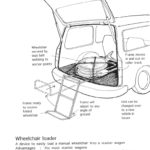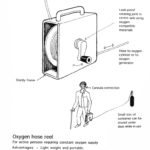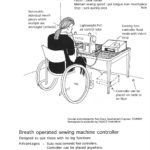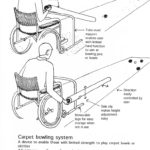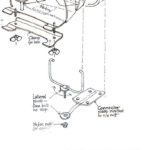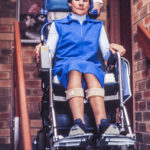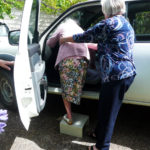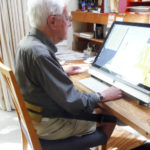My interest in disability design most likely started around 1978 when I was Chair of the Education and Promotions Committee of the Industrial Design Council of A. I remember receiving a letter from the Victorian Independent Living Centre asking a very fundamental question – “why do technical aids for people with a disability have to be so ugly?”
We identified a voluntary group called Technical Aid to the Disabled in Sydney and Melbourne which had been started around 1974 so I contacted the Founder in Sydney – George Winston. This was a personal interest from the start as I felt at the time that my design background and my particular interest in industrial design were uniquely combined for action in Canberra.
I contacted George and a few occupational therapists at Canberra Hospital and a public meeting was announced which gave birth to TADACT in 1979. Ross Hohnen, Registrar ANU agreed to be our inaugural Chair and Glynn Jones, Information Officer, ANU agreed to be Publicity Officer. Kay Doran became Secretary and Lance Barrow(?) as Treasurer plus one or two others…..I became Design Coordinator so that I could be in a position to find answers to the originating question from the Victorian ILC.
TADACT was off – and is still running in 2016 as I write.
My role was to receive requests from those in need who could not find a commercially made product that suited their specific requirements – they were very scarce and some were indeed quite ugly. I quickly learned the first principle that every need is different.
We soon gathered a group of very dedicated Technical Volunteers with a wide variety of skills from around the Canberra region – and more importantly, their own workshops which tended to specialise into metal, wood, electronics, plastics and surprisingly one volunteer who was especially skilled in making anything from plastic plumbing pipes and fittings.
My skill was in identifying the basic need and establishing the general outline of the likely answer which quickly led to the most appropriate material to be used and hence the volunteer who was the most skilled – and was available to take the project on. Many technical volunteers were retired and relished a chance to use their skills and equipment for a very needy person and I rarely had a refusal when I rang up a volunteer to see if he (occasionally she) would accept a project– it was a wonderful experience for us all to satisfy a real need at a very low cost of materials only; all labour being free.
Having left ANU in 1977 and running a small practice at Byrne’s Mill in Queanbeyan (which I had renovated and made useful in 1976-7) I was able to find the time to run TADACT as well and around 1988 it was almost becoming a full-time job. Successful designs were becoming recognised and our collective skills were under demand, especially those items that were of general use such as adjustable angle book rests, tilted writing boards, etc. Multiple requests were coming in and it became unreasonable for volunteers to be asked to make small quantities on a voluntary basis. This was a real community need however and needed to be met, so, after discussion we formed a quite separate group – Disability Aids Collective Inc. in which ‘volunteers’ (from TADACT) could be asked to make small quantities and be paid $10/hour. A 10% service fee was added on to the materials and labour costs and the items were sold at very reasonable prices.
Later, around 1990? the TADACT Committee recognised the validity of the autonomous DAC activity and subsumed DAC and its principles as Technical Aid to the Disabled Productions and produced a catalogue of many designs (shown in this disability section – most of which were re- designed by me for a production rather than a one-off basis).
By 1991 I had spent about 11 years in disability design and a new movement of global dimensions was becoming urgent for my skills and I was in a position to do something about it – global warming and its consequential climate change were calling for architectural solutions for making existing houses more energy efficient, using renewable energies and reduced atmospheric pollution so I felt moved to resign from one of the most productive periods of my life and see what I could do about retrofitting.
This became a most absorbing phase of my life resulting in me making our developer’s house in Mawson more energy efficient which spawned my major book ‘Making your home sustainable’ and became a best seller from 2006 onward, to be followed by my next two books ‘Climate change needs housing change’ and ‘Low energy affordable housing’.
